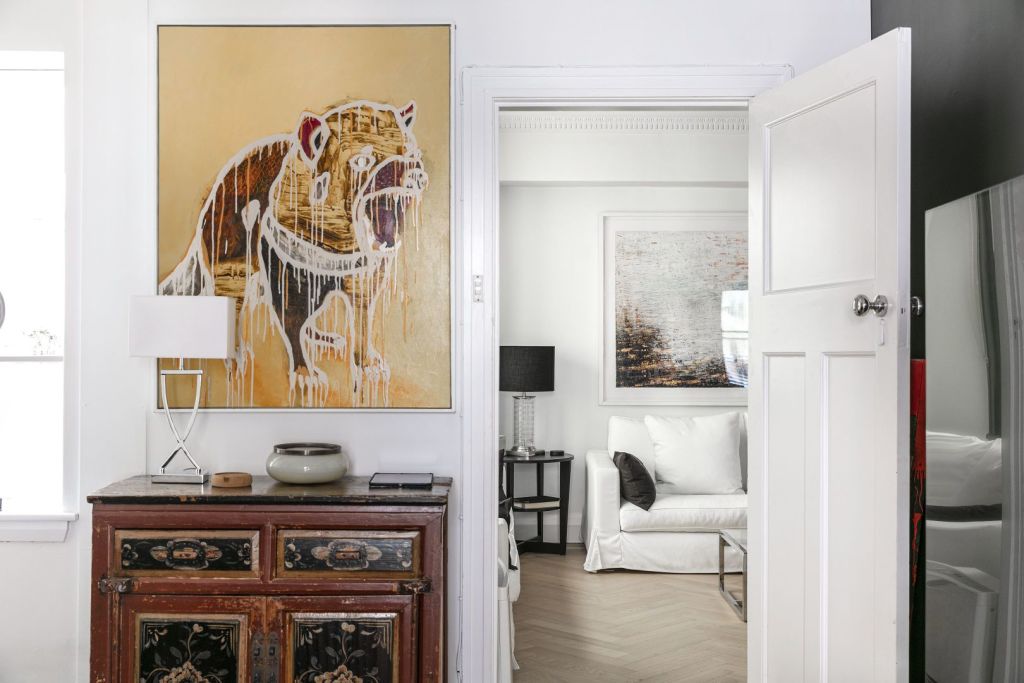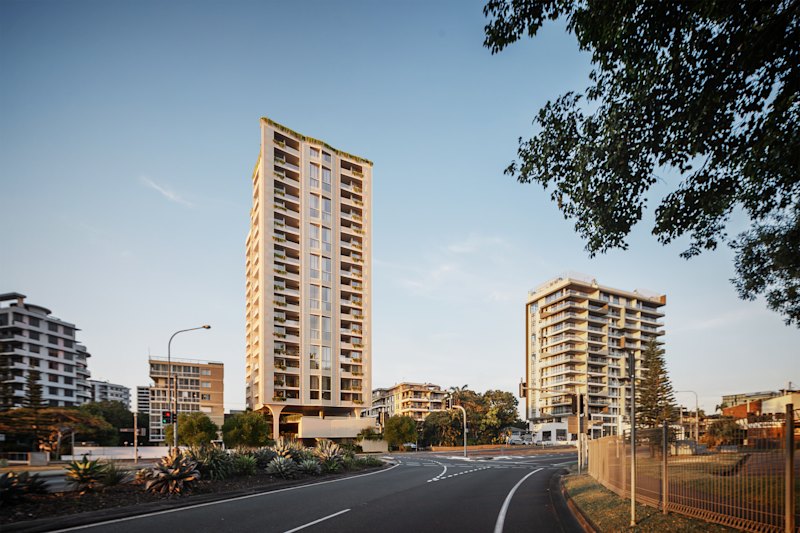How to make a rental property feel more like home

One of the biggest challenges faced by tenants is working out what they can and can’t do when it comes to making their house a home.
Tenants face restrictions around modifications, and the penalties for failing to adhere to the legislation can be hefty.
Legislation differs from state to state, but as a general rule, tenants are required to return the property to the same condition it was in at the start of the tenancy, with the exception of fair wear and tear.
- Renting guide: What you can and can’t change in a rental property
“Unless the owner has consented to the modification or structural change remaining in place at the end of the tenancy, the tenant will be required to remove the modification or structural change to restore the property to the same condition it was in at the outset of the tenancy,” says Real Estate Institute of Queensland CEO, Antonia Mercorella.
“If a tenant were to make a modification or structural change to a property without consent, this may be a breach of the tenancy agreement and could potentially lead to termination or a compensation claim from the owner.”
While there are notional similarities across the states, it’s important for tenants to be aware of the specific legislation in their state or territory as they do differ.
They also need to be aware of changes to the legislation within their own state to ensure they continue to comply.
Recent changes to the Victorian legislation mean renters can now make certain modifications without the rental provider’s consent, and the list of modifications that landlords aren’t able to reasonably refuse have also been expanded.
Despite this, Real Estate Institute of Australia CEO Adrian Kelly says it’s a good idea for tenants to check with their property manager prior to making changes.
“It is always a good idea to seek permission from the property owner before undertaking any modifications,” he says.
“Common courtesy obviously applies here. The owner of the property would always appreciate being contacted if any modifications are to be performed.
“What is allowed in one jurisdiction may not be in another, so care needs to be taken by tenants to seek advice from their agent.”
- Read more: How to land your dream rental home
But while there are indeed limitations for renters, tenancy legislation doesn’t mean there aren’t things you can do to make your house a home.
Interior designer, Silvia Rajek, says there are many ways to make your rental property reflect your personality while still adhering to tenancy legislation.
“Adding a personal touch to a rental property will surely make it feel like your own,” Ms Rajek says.
“You can definitely achieve a beautiful and cosy space without breaking the rules.
- Read more: How to buy the home you’re renting
1. Removable wallpaper
Most people agree that a fresh coat of paint can transform a home. But if your landlord doesn’t allow you to change wall colours, removable wallpaper can do the job just as well.
“These are easy to apply to a wall since you can peel off and reapply,” says Ms Rajek.
“The colours and pattern options are endless, and they will add personality and transform any room.”

2. Window coverings
Window coverings such as curtains and blinds are also replaceable and can add softness and privacy to any space.
“The only downside is that it can be costly but worthwhile if you plan to stay at the same address for a long time,” says Ms Rajek.
3. Art that won’t damage the walls
“Some landlords don’t allow tenants to drill into the walls for art hanging; however, art is an essential decorative element,” says Ms Rajek.
“Art beautifies any space and detracts the eye from imperfections; it can also create a focal point in a room and tie many decorative elements together to make a room feel cohesive and complete.”
Create a wow factor by adding a series of lightweight frames containing your favourite prints, and attach these with removable tape that won’t damage the walls.
- Renting guide: How to leave a rental property and get your bond back

4. Use mirrors
Adding style with a leaner mirror is a clever way to brighten up a dark room and make space feel larger than it is.
“If the mirror is ornate or an interesting shape, it adds another decoration layer to the room,” says Ms Rajek.
5. Buy furniture with extra storage
If your rental place doesn’t provide sufficient storage, there are many versatile furniture options that can help solve this problem.
“For example, some beds are available with accessible storage cavities under the mattress, or some even have drawers built into the bed base,” says Ms Rajek. “The same applies to sofas and ottomans; many are available with a storage space hidden underneath the seats.”

6. Add rugs to match your decor
“Rugs are a great way to decorate,” says Ms Rajek. “You can introduce colour and define different zones in an open space.”
“Rugs can take away the attention from an old fashion floor tile and disguise old worn-out carpet in living areas, bedrooms and hallways.”
7. Update lighting
Effective lighting is a great way to modernise your home and create an ambience to suit your style.
“Lighting is crucial for the way a space feels and functions,” says Ms Rajek. “If the light fittings are outdated and the light is poor, consider changing the light fittings to a more modern or decorative style.
8. Bring the outdoors inside
“Add plants in beautiful pots, large and small,” says Ms Rajek. “An oversize pot with a lush tall plant will cheer up any room and add a homely feel.”
If you struggle to keep plants alive, you can always opt for realistic artificial plants.
- Read more: Domain’s Ultimate Guide To Renting
We recommend
We thought you might like
States
Capital Cities
Capital Cities - Rentals
Popular Areas
Allhomes
More







